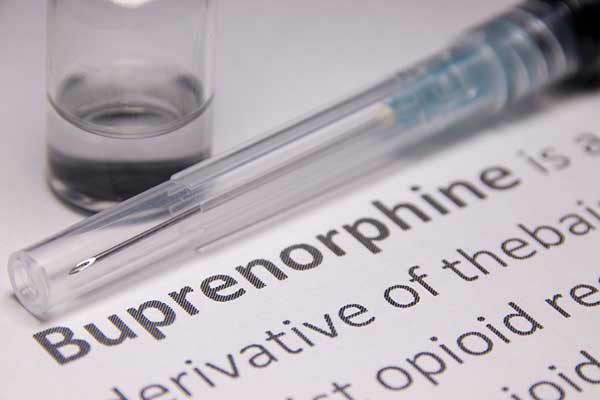Show Notes - Opioid Withdrawal and Buprenorphine: Coming to an ED Near You

Opioid Withdrawal and Buprenorphine: Coming to an ED Near You
November 14, 2018
In this episode, Dr. Alex Kaminsky speaks with Dr. Aimee Moulin about opioid withdrawal and the use of buprenorphine in the emergency department.
Host
Alexander Kaminsky, MD
University of California San Francisco – Fresno
PGY4
@Alex_KamskyEM
EMRA*Cast Episodes
Guest
Dr. Aimee Moulin, MD
Associate Professor of Emergency Medicine at the University of California, Davis
Past president of CalACEP
Hospital Affiliation: University of California, Davis
@AimeeMoulin1
Overview:
Opioid use disorder and opioid withdrawal are commonplace within emergency medicine. Traditionally, treatment strategies for withdrawal have emphasized symptom management and is generally accepted to be ineffective. Utilizing Buprenorphine in the ED has been demonstrated to be both safe and effective. Dr. Moulin joins the program to delve into the specifics, myths, barriers and other limitations to implementing Buprenorphine.
Key Resources:
- COWS Score for Opiate Withdrawal – Quantifies the Severity of Opiate Withdrawal
- ED Bridge -- Emergency Buprenorphine Treatment:
- ED Treatment Algorithm
- ToolKit – Project SHOUT: NOTE this is an inpatient pathway
Key Points
- Opioid deaths are on the rise. In 2016 CDC estimates >42,000 opioid related deaths in the USA, an 300% increase since 2001. Now surpassed deaths by motor vehicle accidents.
- Unlike alcohol dependence, opioid withdrawal can be managed safely as an outpatient.
- Buprenorphine is a PARTIAL opioid agonist with a higher affinity for μ-opioid receptors than heroin, fentanyl and other opioids. This means it will selectively bind to μ-receptors and “kick off” the substance of abuse.
- There is a ceiling effect with buprenorphine. The amount of euphoria is significantly diminished when used in routes other than oral. Receptor saturation with this plateau effect can lead to precipitated withdrawal. We see this in the ED every time we administer naloxone.
- Buprenorphine’s effective ceiling is found at approximately 16mg. Higher doses increase duration of action, not effect of action.
- Patients who present with a moderate to severe COWs score have been shown to benefit from ED buprenorphine with continued remission/treatment at 30 days.
- You can DISPENSE Buprenorphine for up to 72 hours in the ED without a special “X-waiver” on your DEA License.
- Major Barriers to Dispensing/Prescribing Buprenorphine surround “warm hand-off’s” and access to outpatient treatment/referral centers.
- Interested residents should identify outpatient treatment facilities in their areas to begin the process of Buprenorphine administration in YOUR emergency departments!
References / Resources
- D’Onofrio G, O’Connor PG, Pantalon MV, et al. Emergency Department–Initiated Buprenorphine/Naloxone Treatment for Opioid Dependence: A Randomized Clinical Trial. JAMA. 2015;313(16):1636–1644. doi:10.1001/jama.2015.3474
- Duber, H, Barata I, et al. Identification, Management, and Transition of Care for Patients with Opioid Use Disorder in the Emergency Department. Annals of Emergency Medicine. 2018;72(4):420-431.
Related Content


Jan 28, 2020
The Benefits of Compressions-Only CPR
Cardiopulmonary resuscitation (CPR) is something we are all familiar with as physicians-in-training. Medical students across the country are required to complete a course in Basic Life Support (BLS) prior to working with patients, and many of us have put that training to use on the wards or elsewhere.

Sep 25, 2019
What’s Happening to Rural Emergency Departments?
This spring, a reporter for the Washington Post snapped photos as Dr. James Graham, a 41-year employee of Fairfax Community Hospital, shut down his emergency department for the last time. In rural Oklahoma, Fairfax Community serviced an area “larger than a few states,” with no other medical services available within 30 driven miles from its front doors. Fairfax and 154 other rural American hospitals have closed their doors for good since 2005. In fact, the closures have accelerated and accumulated enough for the University of North Carolina’s (UNC) Rural Health Research Program to track them with a dedicated project.




